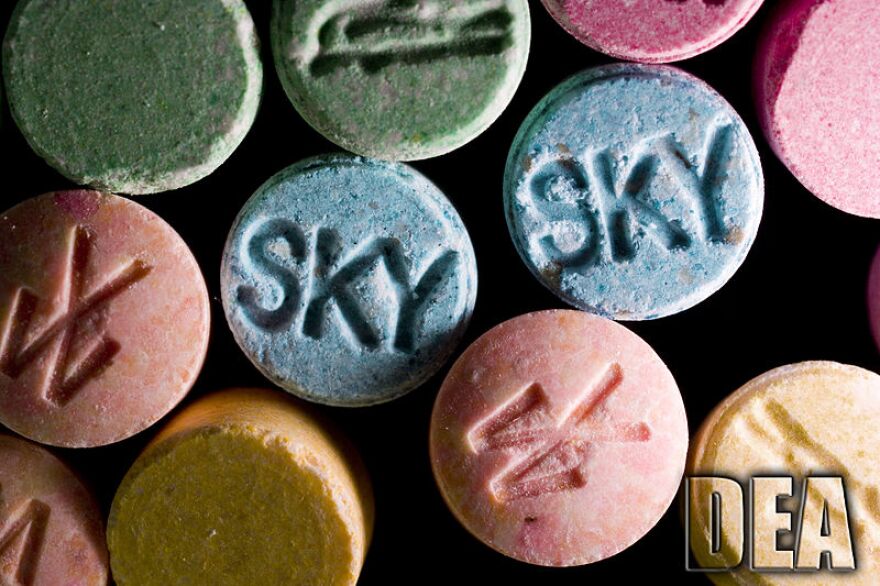Last Saturday night, seven people overdosed at a dance music show at Quassy Amusement Park in Middlebury. It’s believed they were taking a powerful hallucinogenic drug called 2C-P. Four people collapsed at nearly the same time. By the time police arrived, one 19-year-old had stopped breathing. Officers used CPR and a defibrillator to treat him. The victims were hospitalized and have been released.
Victoria Richards, an associate professor at the Frank Netter MD School of Medicine at Quinnipiac University, is trained in pharmacology and toxicology. She said 2C-P is a "designer amphetamine" taken in tablet form. "It’s a central nervous system stimulant," Richards explained. "It ramps you up really fast. People have a sense of euphoria. They don’t get tired. At certain levels in the body, you can start having psychotic behavior and hallucinations."
Richards said the users in Middlebury "probably took the drug at the same time. They might have taken this drug with the same beverage. There was some connection between when they took the drug and when they started having these symptoms." Users of 2C-P are sometimes misled into thinking the drug is not that potent, because it can take up to four hours to take effect. "Typically with these types of drugs," Richards said, "there’s an onset of action, and it can be an hour to four hours before those types of effects are seen or felt."
The danger of the drug is possible damage to the brain or the heart, Richards said. "These types of drugs can actually alter brain metabolism," she said. "It can result in structural damage to brain cells, and can influence how the brain regulates temperature. Temperature can rise dramatically. There can also be adverse effects associated with the cardiovascular system. The heart rate can ramp up very fast. Hallucinations [can make] some people quite fearful, and that can produce other effects."
Designer amphetamines have been around for a while, Richards said, so she is not surprised to learn of the use of 2C-P.


